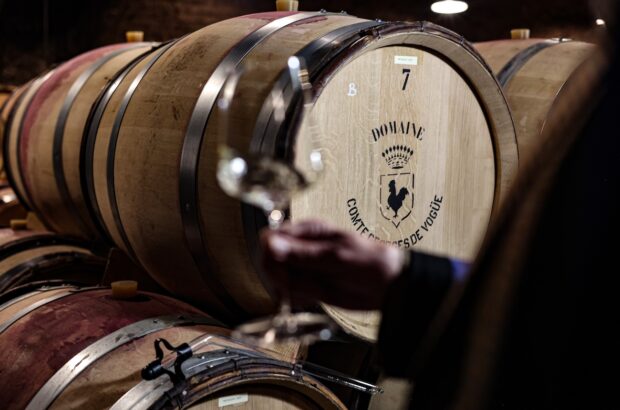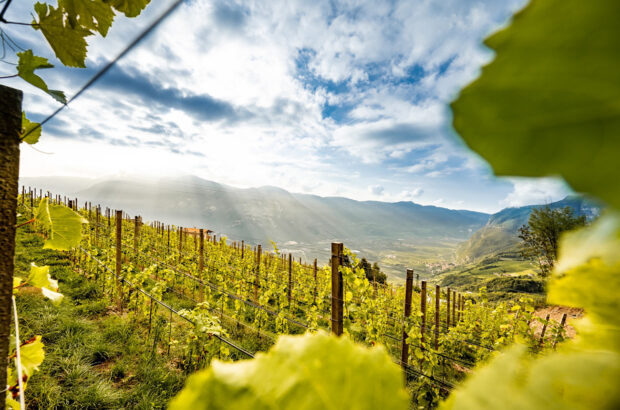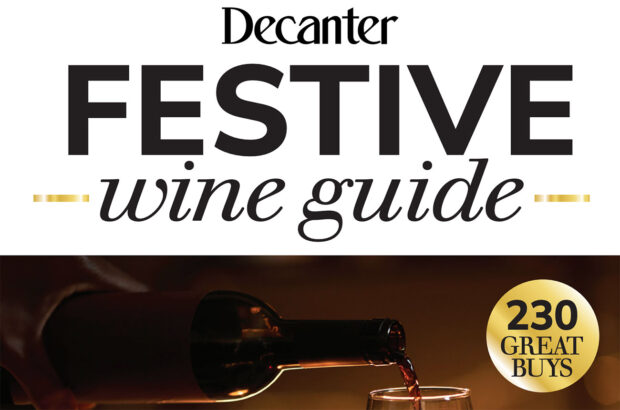Bordeaux‘s signature grape varieties have traversed the globe, to the extent that Cabernet Sauvignon and Merlot have risen to the summit of the world grape planting league in the past two decades.
What’s in a Bordeaux red blend?
A Bordeaux red blend usually combines two or more of the classic Bordeaux varieties: Cabernet Sauvignon, Merlot, Cabernet Franc, Petit Verdot, Carmenère and Malbec. A white blend would most likely include at least two from Semillon, Sauvignon Blanc, Sauvignon Gris and Muscadelle.
It is not a legal or technical term
There are no specific rules on percentages in the finished wine, yields when growing or planting regulations as found in Bordeaux itself. It is simply a term for the grapes used.
Meritage
However, some wines made in the USA may use the trade marked term ‘Meritage’ on labels, if they are a member of the Meritage Association. This means that the wine must combine two or more of the five red varieties above, and can also use St. Macaire, Gros Verdot and Carmenère. No single variety can constitute more than 90% of the finished wine.
Are they just copies of Bordeaux wines?
It’s not as if winemakers on Tuscany’s Bolgheri coast or on the gravel soils of Hawke’s Bay in New Zealand are seeking to make carbon copies of Bordeaux wines. Climate, as well as vineyard and cellar techniques, differ within and between areas.
And it’s completely up to the winemakers themselves whether or not to use the term ‘Bordeaux blend’ when describing their wines.
Yet, there is a sense, too, of paying hommage to what Bordeaux has achieved in terms of structured wines that are built to last – sometimes for many years.
While the existence of Bordeaux blends, even as a term in itself, underlines the maritime French region’s enduring position as a benchmark for fine wines, it also says something about the versatility of the grapes themselves.
Find Andy Howard MW’s 54 Bordeaux blends from around the world in the April 2020 issue of Decanter, on sale now, or available for Decanter Premium subscribers.







